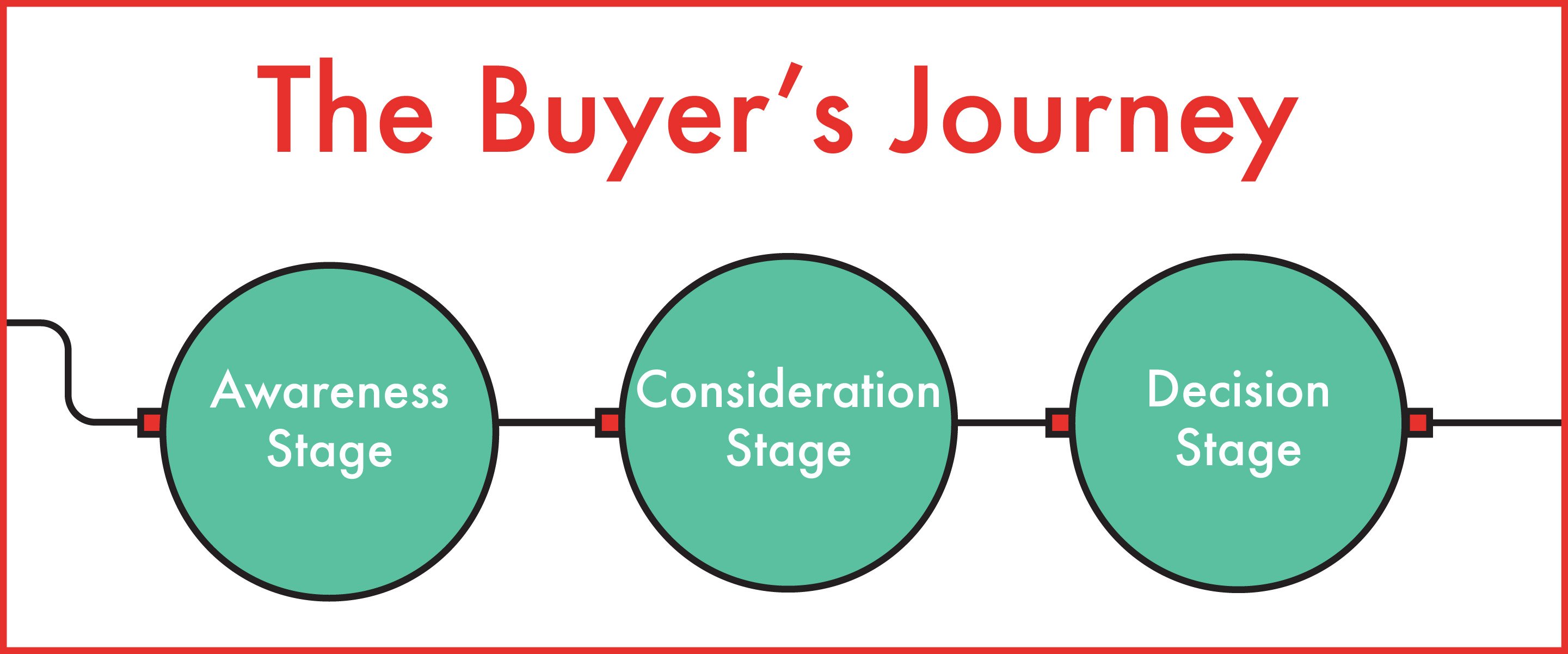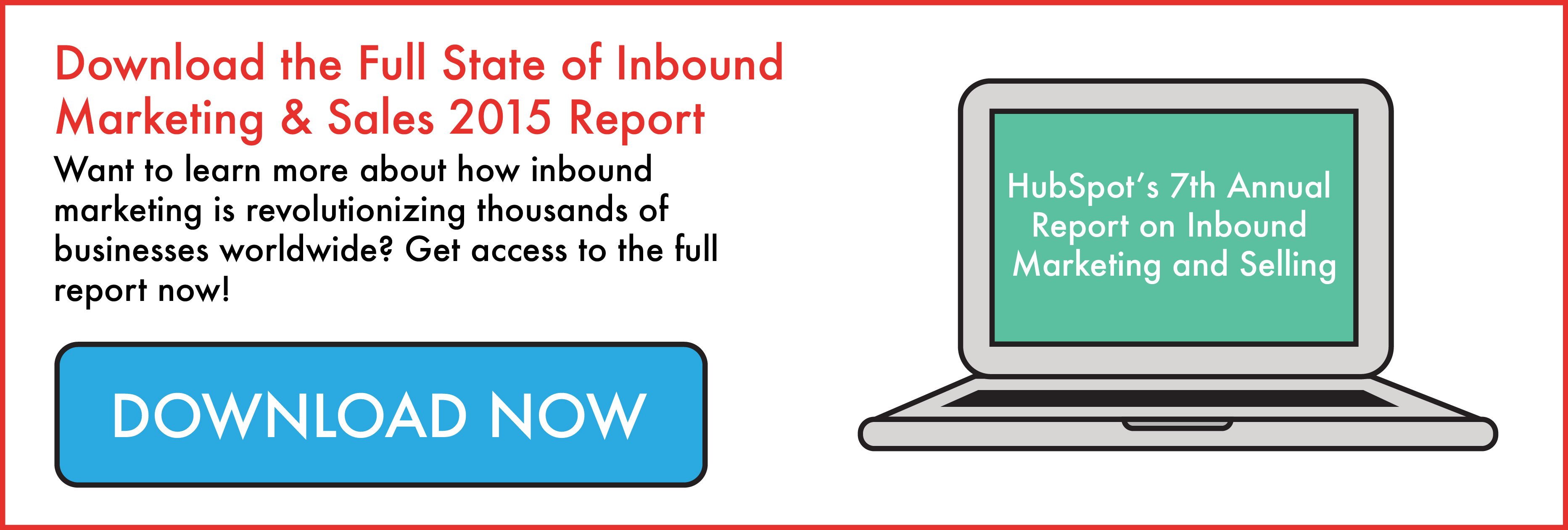Inbound Marketing: What it is and How Your Mid-Sized Business Can Start Using it Now
July 6, 2016 at 5:46 PM
If you are a part of a mid-sized company, chances are you have probably heard lore of inbound marketing and the ways it is changing the way companies market themselves. But do you really know what inbound marketing is? Do you know how to integrate it into your business plan?
If you answered no to either of those questions or if you just want to learn more about inbound marketing, you've come to the right place. So here's the lowdown on inbound marketing, plus a few ways you can start using it in your company today.
So what is inbound marketing anyway?
Put simply, inbound marketing is the process of using marketing to attract and maintain customers.
You do this by creating quality content that pulls in the right customers at the right time. It's a great and low cost way to promote your business, and the best part is, it's all about the customer. Doesn't it make sense that you would want to treat the customer as the highest priority? Well that is not always the case in marketing and often companies make the mistake of asking for too much from them.
With inbound marketing, you are providing for the customer by giving them valuable media and knowledge and educating them on things they are interested in to gain their trust, and eventually their business. Inbound marketing also focuses a lot on attracting the right audience and having a personalized approach. You don't want just anyone to visit your website, you want potential customers to visit, and you want them to have the right experience. This is easily achieved if you implement a strong inbound marketing strategy into your business.
How can I start using this to help my mid-sized business?
Make a detailed plan
First off: make a plan.
Don't just jump into an inbound marketing campaign without having a course of action laid out. This can lead to confusion, lack of direction and a failed marketing campaign. You should always make a detailed plan that has specific and actionable goals attached to it so that you keep on track. You can go about this in any way that makes sense to you.
Something that we have found at NeigerDesign to be a really helpful tool in planning is mindmapping. Mindmapping is a way to visually brainstorm and organize information in a diagram. It's a great way to brainstorm with your team and find out what your goals and strategies should be for your inbound marketing strategy. This is a great way to start, but there are countless ways to go about it and you should do whatever works for you. But whatever you do, do not skip this step.
You need to know what you want to get out of this marketing campaign. Your goals can change but it is important to have a starting point. You should lay out specific goals with deadlines and measurable targets. With the goals you should also lay out specific strategies and time frames so you don't fall behind on creating content. For example, maybe you want to make sure you post to Twitter three times a day and contribute to your blog twice a week. Plan this out and keep your team accountable for keeping up with the schedule.
Personalize everything
As a mid-sized business, you should use your size to your advantage.
People love the idea of supporting businesses with real people where they don't feel like they're talking to a huge corporate robot. You can take advantage of this in your inbound strategy by remembering to keep things personal.
You can do this in a couple of different ways. One would be to always respond to posts on social media and your website quickly and appropriately. If someone is giving you a good review, thank them personally. This will round off their experience with you on a positive note and make them feel like they matter as your customer. If someone is having a problem, reply to them and try to help them solve their problem. Whatever it is, just personalize it and interact with your customer or potential customer.
Another way to personalize your inbound approach is to tailor your content to the specific needs of your audience. Learn about what people want to know or are interested in and personalize your content to match this information. This might be a specific local interest piece, or maybe an answer to questions you get from clients a lot. Either way, personalize it by making it something your specific audience would be interested in.
Get familiar with the buyer's journey
Something that ties in with personalization is getting familiar with the buyer's journey. You need to personalize your content and web experience to where people are in the buying process. You need to realize what stage your viewer is at because you shouldn't treat someone who is visiting your website for the first time the same as a longtime customer. HubSpot defines the stages of the buyer's journey as awareness, consideration and decision.

You should create content for people in all stages of the journey and keep in mind what is appropriate for each stage.
People in the awareness stage have a problem that they need to be solved and are looking for answers online. They will search their question in a search engine and hopefully click on your content for answers. It may be something like a research report, a whitepaper or an eBook.
In the consideration stage, they are more educated and are considering a solution. The content you should make for them would come in the form of something like a live webinar, a podcast, an expert guide or a video.
People in the decision stage are going to be deciding on a product or service to purchase and are just steps away from becoming your customer. Content for them can include case studies, vendor comparisons, trial downloads and live demos.
Something to keep in mind about the buyer's journey is that you should not ask too much from someone in the early stages of the journey. For instance, if you are creating a blog about a general how-to, you should not ask people to fill in a ton of information in order to get to the content. They are just perusing your site and may be scared off if too much is asked of them. If you are linking to a sophisticated webinar, this is where you can ask for information from the person in order to gain valuable contact information from someone who is definitely very interested in learning about your area of expertise.
Think about quality content
As you probably have noticed, there is a lot of content out there. As a mid-sized business, the best way to stand out is to create high quality content that is extremely useful. Really think about what your current and prospective customers would want to know about and address those topics in depth.
A good way to create quality content is to do a lot of research and make sure you are educated on the subject you are writing about. Use examples and stats where appropriate to add credibility to your posts. Think about ways you can elevate your content like by adding graphics and images to add interest or by adding interactive elements. If you have content that is high quality and helpful, people will associate those things with your business and form opinions and the same is true if you have bad quality content.
Reuse your content
An easy way to maximize your marketing strategy inexpensively is by reusing your content. You can do this in a lot of ways that can help your company. If you are posting a link to something on social media, especially Twitter, it is good to post it more than once so that it won't get lost on people's busy timelines.
You can also go back and post content from a previous campaign as long as it is still relevant and useful to the customer. For example, say you had a call to action for a downloadable whitepaper connected to a related blog post. You can maximize the profitability for the download by making another blog post that relates to the whitepaper in a different way and links to the call to action. This way you are increasing the audience for your useful content and also saving time by reusing a call to action.
Search Engine Optimization (SEO)
A good (and free) way to increase your searchability and exposure of your content is to utilize search engine optimization. To use SEO, you have to know about your target audience and think about what kinds of things they will be searching and what kinds of phrasings they will be using. Start to put these phrases and words and anything related to them into your content everywhere you can without it feeling contrived. Place them in your title, your body, your URL, your image description, and your meta description. Also, if you link to other pages that are also high quality, this will increase your credibility and your search ranking.
Utilize social media
One of the best things you can do for your mid-size business is have an effective social media presence. Not only is it an effective way to reach out and advertise yourself, it is also free! And it's also expected.
These days, consumers definitely expect companies to have social media and they want to be able to easily interact with them if they have any questions or comments. Social media is all about making your company open, accessible and interconnected. This ties in perfectly with your inbound marketing strategy and can help you in many ways. Not only can you interact directly with people, you can post your content on all of your social platforms in order to maximize visibility and keep an interconnected and consistent digital presence for your brand.
Analyze your results
Lastly, you must analyze your results. Let me repeat that for emphasis: you must analyze your results!
As a mid-sized business, you don't have the time or money to be doing something that isn't garnering results. If you analyze your results, you can monitor which strategies work best for you and continue to use those. For example, you can easily see that the infographic you made got a lot of attention while the promotional video had very little hits. With this information you can continue to create infographics and similar things in the future. But keep in mind just because something worked once doesn't mean you should assume it will always work. Try it again and continue to always analyze how it does.
You can also use this strategy to analyze the best days and times and outlet to post your content. It's important to plan out your time and try to be efficient so thinking about the exact time and place that you will post will help you keep on track and get the most out of your efforts.
State of Inbound
Now that you have the basics of inbound marketing down, here's a way that you can delve deeper into inbound and see real world marketing and sales trends, insights, and insider tips. HubSpot's 7th Annual Report on Inbound Marketing and Selling is a great resource for anyone who wants to know how companies who use inbound are really doing and what works and what doesn't in a strategic inbound strategy. You will learn, among other things, that inbound efforts achieve higher ROI than outbound regardless of company size or total marketing spending. Read the full report to learn more.

Comments
Questions or comments? Join the conversation!